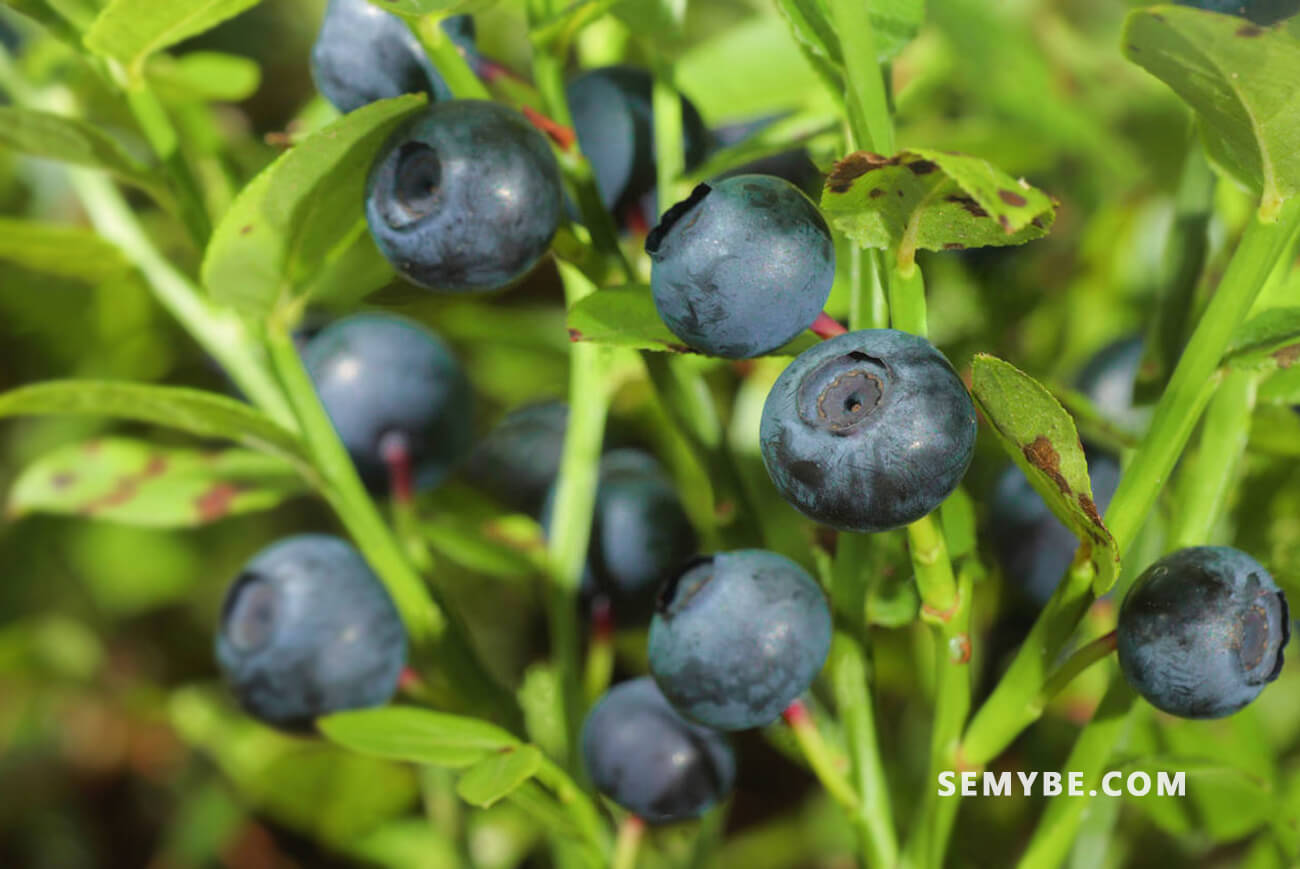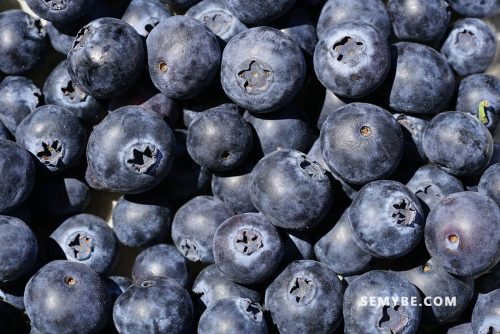
Vaccinium Myrtillus
1. History and use
The blueberry blossoms in the humid undergrowth and temperate heathland of the northern hemisphere, widely grown in the world, multiplies by sowing in autumn or by root separation. in summer, ripe fruit in late summer or early autumn.
2. Description of the plant
The berries of myrtille attracted attention during the Second World War when it was found that the aviators who were given blueberry jam had better night vision. So, research showed that blueberry stimulated the part of the retina involved in vision in fog or darkness. It is further thought that berries help to correct myopia.

3. Curative action
- Digestive Problems
Used for a long time as a mild laxative, the blueberry fruit is a relief from diarrhea, it is a mild antibacterial agent that is pleasantly enjoyed by children with diarrhea and diarrhea indigestion.
- Circulatory difficulties
Many circulatory problems are solved thanks to the fruit, which is able to stimulate the circulation of capillaries and to cure inflammations Intermittent claudication, Raynaud’s disease, varicose veins, hemorrhoids, hematomas and all diseases where eye irrigation is deficient, such as diabetes and hypertension, are reduced.
- Antioxidant
Berries protect damaged tissue and promote healing.
- Antiseptic
Leaves have a pronounced antiseptic effect on the bladder and urinary tract and may prevent urinary tract infections.
- Antidiabetic
The leaves have andiabetic action: they are used to prevent the aggravation of the diabetes although they do not replace the conventional treatment of this disease.
4. Uses
The decoction is pleasant to swallow and useful for short-term treatments of diarrhea in children.




